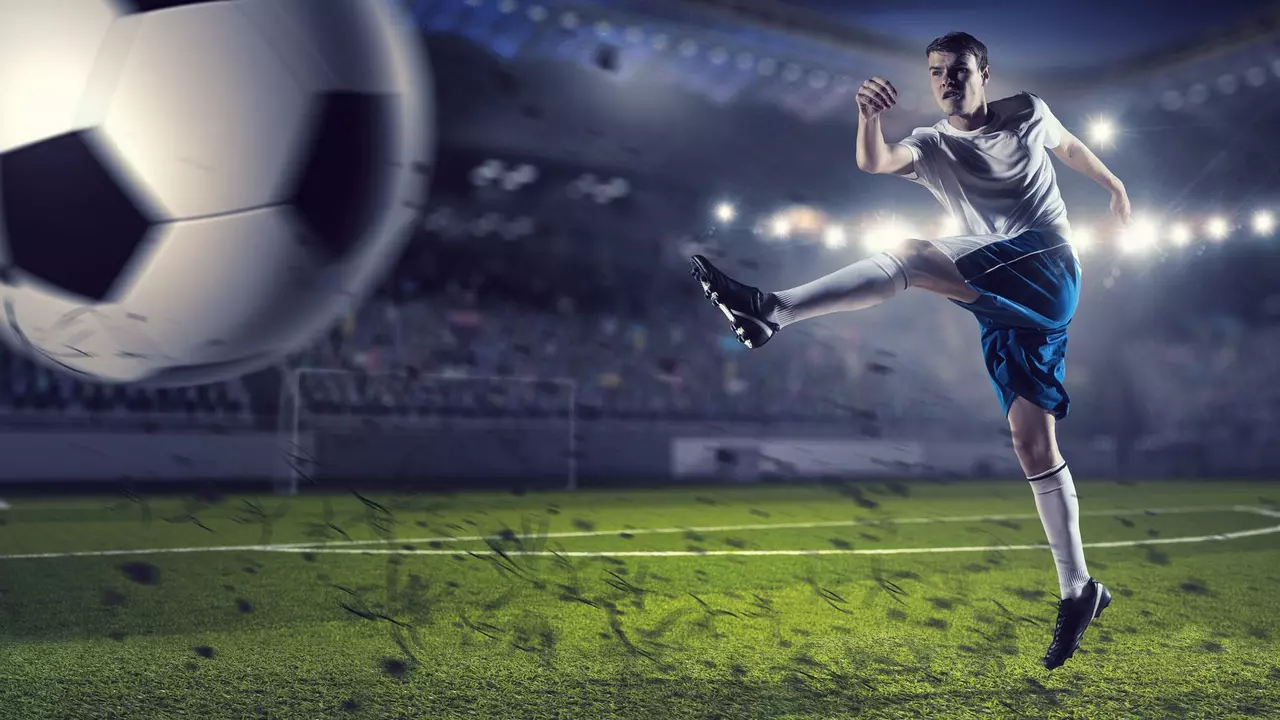Player Abilities: The Real Drivers Behind Every Great Match
When you watch a game, you instinctively notice who runs faster, who passes cleaner, who makes that brilliant save. Those moments are all about player abilities – the mix of physical, technical and mental traits that let a footballer shine. In this guide we’ll break down the main ability groups, show how they affect real matches, and give you practical ideas to spot or develop them.
Key Ability Categories
Technical skill covers first touch, dribbling, passing range and shooting accuracy. Rashford’s burst of pace is impressive, but it’s his control in tight spaces that lets him slip past defenders and finish with precision. That blend of speed and technique is why a Manchester United legend can even imagine him thriving at Barcelona.
Physical traits include pace, strength, stamina and aerial power. Marc Guehi’s rise at Liverpool highlights how a centre‑back’s strength in the air and tackling ability can open doors for a big move. When he wins a header or makes a last‑ditch block, you see the physical side of ability at work.
Decision‑making and vision are the brain’s contribution. Elliot Anderson’s recent England call‑up shows how a midfielder’s ability to read the game, pick the right pass and keep composure under pressure can earn a national spot even when senior players are injured.
Psychological edge – confidence, resilience and work ethic – often decides who rises after a setback. Dom Hyam’s comeback from injury at Blackburn is a perfect case of mental toughness turning a physical hurdle into a chance to prove his worth again.
Each of these categories doesn’t exist in isolation. A player with great speed but poor decision‑making will still be limited, while a technically gifted player who lacks stamina will struggle to keep impact for 90 minutes.
Improving Your Own Ability
If you’re a young player or a fan looking to understand what makes the pros tick, start by watching games with a specific focus. Spot when a winger’s first touch sets up a counter‑attack, or when a striker’s movement creates space for a teammate. Notice how the best performers keep their heads up, scan the field, and choose the simplest option.
Training wise, blend drills that hit each ability area. For technical work, use tight‑space rondos and one‑on‑one challenges. For physical growth, add sprint intervals and strength sessions tailored to your position – defenders need more upper‑body work, attackers benefit from explosive leg training.
Mind‑set drills are just as vital. Use video analysis to review your own performances, ask coaches for specific feedback, and set micro‑goals like “increase successful passes in the final third by 10%”. The mental side improves when you treat each training session as a chance to learn, not just to run.
Lastly, remember that ability development is a marathon, not a sprint. Even top stars like Rashford or Guehi still work on their weaker points each season. Keep a notebook of strengths and areas to improve, and revisit it regularly. Over time you’ll see progress that mirrors the growth of the players you admire.
Understanding player abilities gives you a better lens for enjoying the game and for shaping your own football journey. The next time you watch a match, try to name the three ability categories you see in action – you’ll feel the game on a whole new level.
